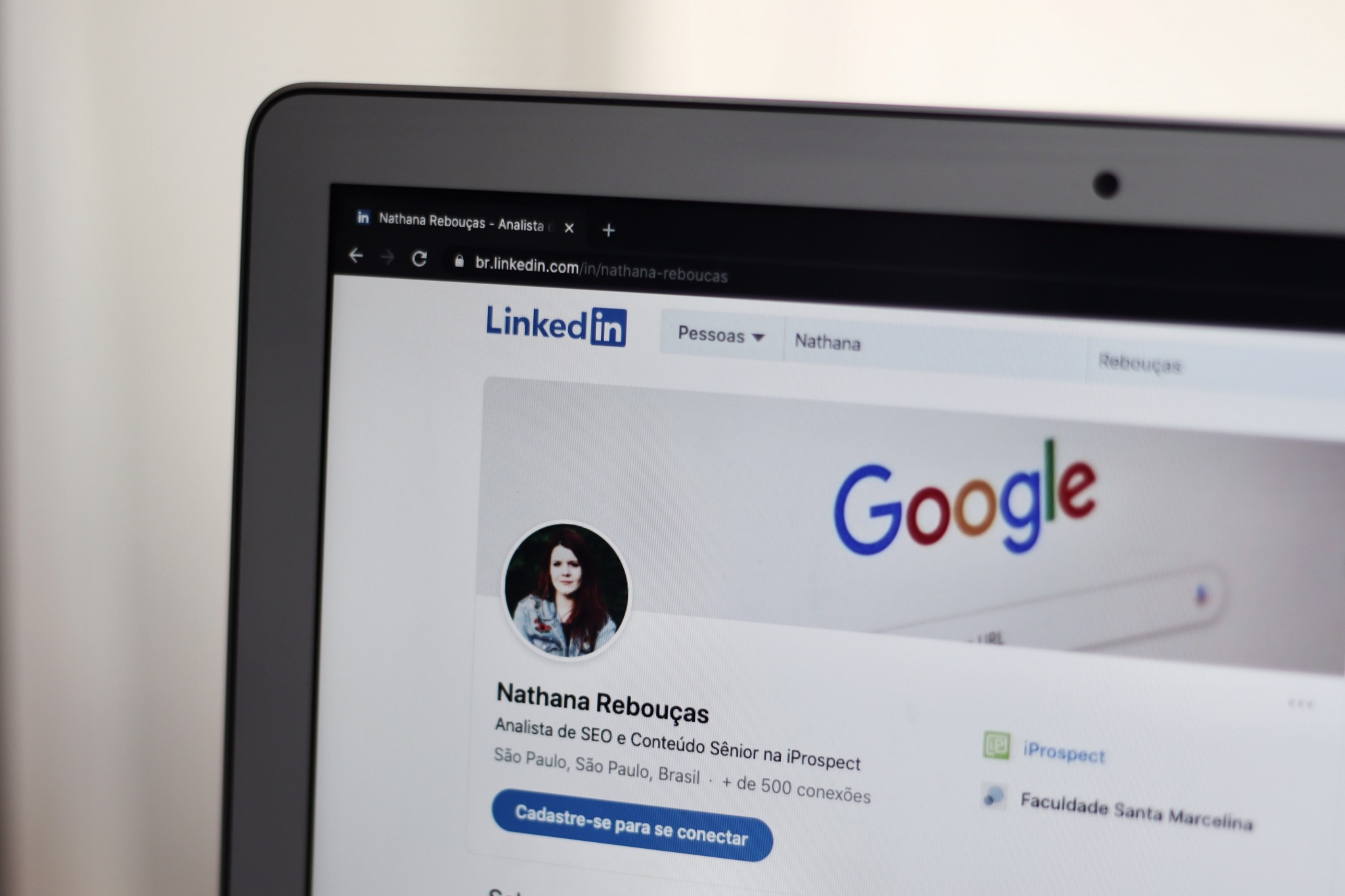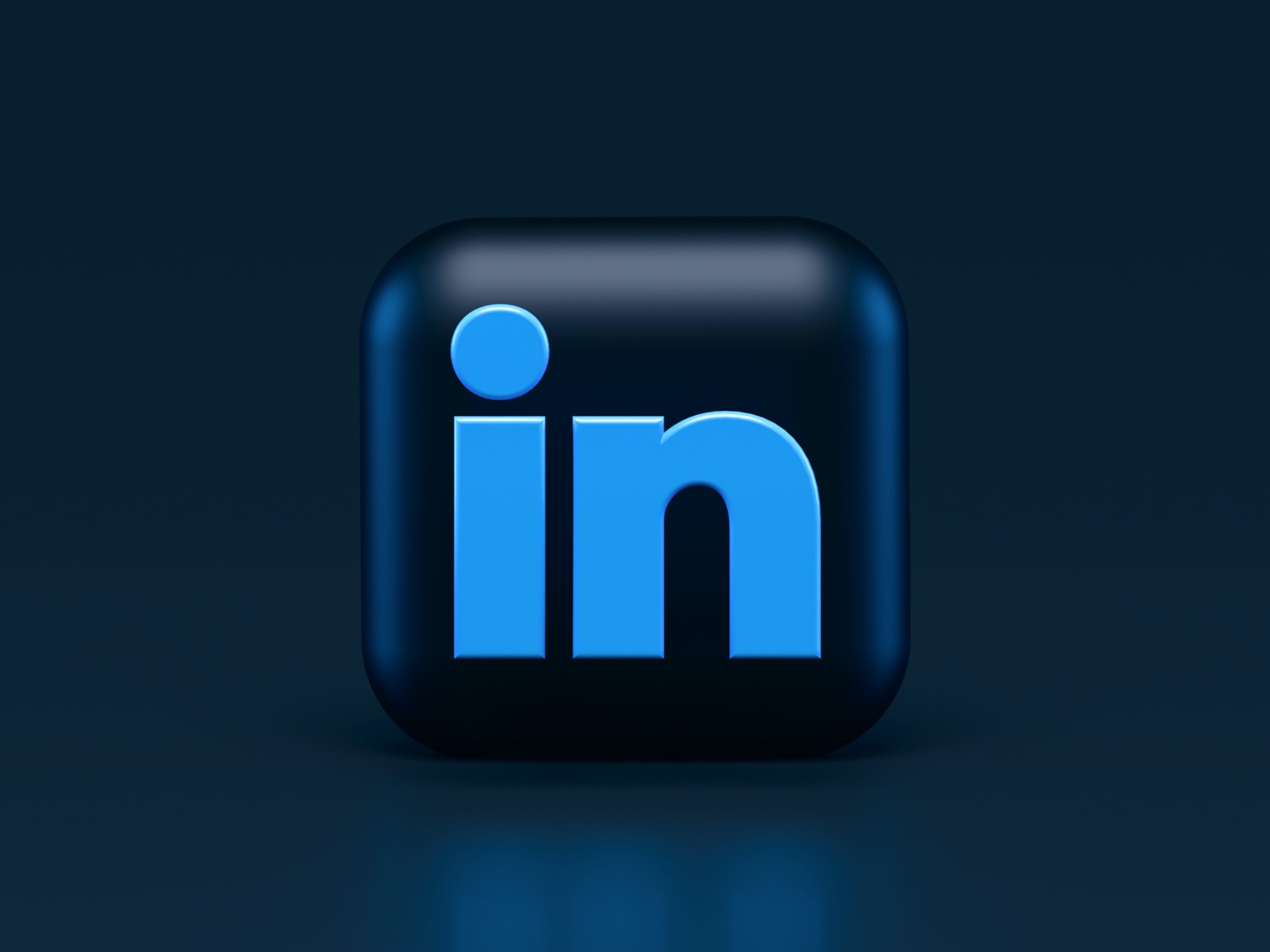Are you a college student seeking a job, but don’t know how to present yourself as a true professional? Companies looking for new team members want to see someone with good connections, a professional and straight forward intro and some experience to back it all up. LinkedIn makes for the perfect way to flaunt your credentials to an employer, but it needs the right flair. A few simple tips to spice up your profile will do the trick.
Take some time to read through 10 ways you can improve your professional profile on LinkedIn.
1. Choosing Your Profile Picture

This part of your LinkedIn profile becomes the most important part when first creating your profile. It’s the first picture employers and colleagues will see, so choose a proper profile picture to present yourself at your best! The last thing you want is a picture of yourself with sunglasses and a bathing suit on. C’mon people, it’s LinkedIn, not Instagram. Think of LinkedIn as your professional profile, so choose a photo that you believe makes you look professional. Even check out if your school offers professional headshots!
2. Tell a Story in Your Summary

Like a cover letter, you should come across as very personable in your LinkedIn summary. The summary is your chance to show the viewers of your profile who you are and why you are unique worker in your field. Not everyone chooses to even add a summary, so tell the viewers of your profile why you’re different than other job seekers. Tell employers more than the skills you have and the jobs you’ve had because employers don’t want to see another LinkedIn profile with a bland description. Whether you want to tell a personal story or try and tell a joke, make sure the first thing employers read will be eye-catching.
3. Post Relevant Content

As mentioned before, LinkedIn acts as your professional Instagram, so post and like anything that interests you. Who doesn’t want more followers and a bigger professional network? Whether it’s achieving a task with your company or starting a new position, the more that you post, the more likely you’ll be noticed. If you’re only posting occasionally, your connections won’t even remember they’re connected with you. Try to keep your feed as active as you can, as the more content you post the more involvement your profile will get, meaning more chances to network.
4. Showcase Relevant Skills

If you’re looking for a job, you should include your skills that fit whatever jobs are of interest. Showcasing your skills will help back up your headline in summary to ensure employers that you possess the skills to be their employee.
“I’d say it’s best to treat your LinkedIn almost like a resume when listing your experiences. Many people opt to just include the places they’ve worked and the positions they’ve held, but I feel like it’s beneficial to write about the tasks that you did in those positions. It helps put into context the job you were doing!” Pennsylvania State University senior Jade Campos said.
While not a default setting, to add skills to your bio, scroll down to the bottom of your profile page and LinkedIn offers endless options of skills that you can add. If you intend to be a customer sales associate, some skills you would add might relate to communication, problem-solving and active listening. Let the employer know you possess the necessary skills to be successful for their company; it winds up a key part of your LinkedIn profile, resume and cover letter.
5. No Need for Extra Fluff

To make your account successful, you must be short and sweet. Employers will most likely just scroll through your page because they usually have many other applicants to look at. Get rid of any facts that the employer won’t look for. Tell the employer your background and relevant skills, not what a great job you did as a restaurant server during high school. This example may not pertain to everyone, but understand that those 200-word posts that wouldn’t catch the eyes of anyone viewing your page should most likely get deleted.
6. Brand Yourself

Ask yourself: what do you want to be known for? What makes you special compared to others in your field? Put yourself in the employers’ shoes and think of a good way to separate yourself from other applicants. Perhaps tell the employer why you are passionate to work for them, or what past experiences make you prepared for the workforce. You must establish a reputation on your profile for employers because it’s what they will think of you without ever meeting you. By taking your brand to the next level, you maximize your value, which will greatly impact the chances of you landing a job.
7. Hook Employers at the Top

Recruiters likely look through large amounts of LinkedIn profiles, resumes and cover letters. Think of your profile as a thermometer: you want the hottest stuff at the top, and the coldest (least meaningful) information at the bottom.
“When I created my LinkedIn, I was advised to include the most important information at the top, because this will grab the readers (employers) attention and get them to look through your whole profile,” Pennsylvania State University freshman Nolan Wick said.
If you want to boast any key facts about yourself that you want others to know, move it to your introduction and save the less relevant facts for the bottom of your profile. The first thing employers want to read from the top of your page is something that will keep them interested.
8. Include Your Current/Aspiring Job

Recruiters search for employers based on their current positions, so make sure to include your current job. If you check the unemployed box, make sure to put “open to work” and add what positions you’re searching for. If you do work, include your current job position, but also include “looking for new opportunity”. Try avoiding not includingyour aspiring career. Your profile may not even be noticed by recruiters for a certain position, then. As a job seeker, showing a clear path to success will inform employers that you envision a future for yourself in that career, and not just an unemployed person unmotivated for a change.
9. Provide Experience

Seeking a job but no experience of any past jobs to speak of on your LinkedIn? Employers will probably look past your account. No one wants to hire someone with no experience, so make sure include the jobs you worked, even if they don’t relate to the job you want.
“I think it’s super important to provide any experience you have to show your versatility to the employer. When I created my LinkedIn profile, I made sure to include all my prior and current experiences. I feel that it’s important to have experiences on your page in order to get noticed by employers,” Pennsylvania State University freshman Darian Capobianco said.
Bulking up the experience section shows recruiters that your versatility and more than just a job seeker with no intentions of actually being in the workforce. In each experience tab you add, make sure to include the elements of each job that show relevance to benefit your chances of being hired.
10. Add Volunteer work and Accomplishments

At the bottom of your profile, you get the option to add any volunteer experience. This works as a great chance to show recruiters what you did in the past. It provides unique information that could separate you from other job seekers. Did you win employee of the month at a past job? Can you speak other languages? Including some keywords and honorary awards in your profile shows employers how you can make a difference for their company. Employers could see your volunteer work and recognize that you like to give back to your community which will never hurt chances of getting hired.



















